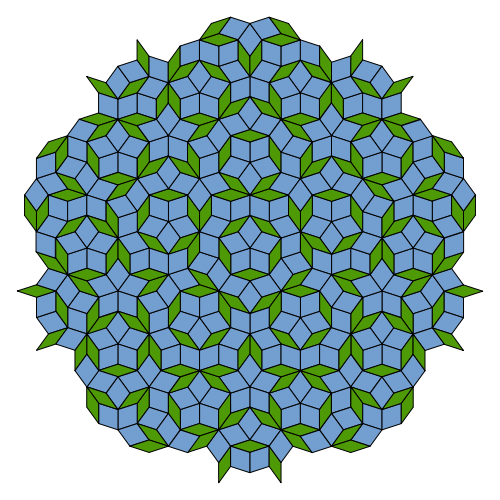
We are standing at a critical turning point in computational theory — the notion of “computable” defined by the Turing Machine is no longer sufficient.
The future of computation will not be algorithmic computation, but structural computation.
Traditional computational theory was founded by Turing. According to the definition of the Turing Machine:
Hence, mathematics and computer science drew a classic conclusion:
“Computable = What can be executed by a Turing Machine.”
However — this theory carries a hidden assumption: computation is single-machine and its structure remains unchanged.
But in the real world, computation has long surpassed this form:
All these systems consist of multiple computable units, yet their collective behavior lies beyond what a Turing Machine can describe.
Thus arises the question: When computable units form a network, is the whole still computable?
British mathematician Roger Penrose proposed a kind of aperiodic tiling (Penrose Tiling): It demonstrates an important phenomenon:
Yet the overall structure is non-periodic and irreducible. This reveals:
This is a key insight for understanding Bitcoin, artificial intelligence, and self-organizing computation.
Imagine a network composed of multiple Turing Machine nodes:

Therefore, we must acknowledge:
The combination of multiple Turing Machines does not equal a larger Turing Machine.
Structure transforms the very nature of computation.
We propose a new classification of computation:

\text{Computable}{Turing} \subset \text{Computable}{Structural}
In other words:
Redefining “computation” will: